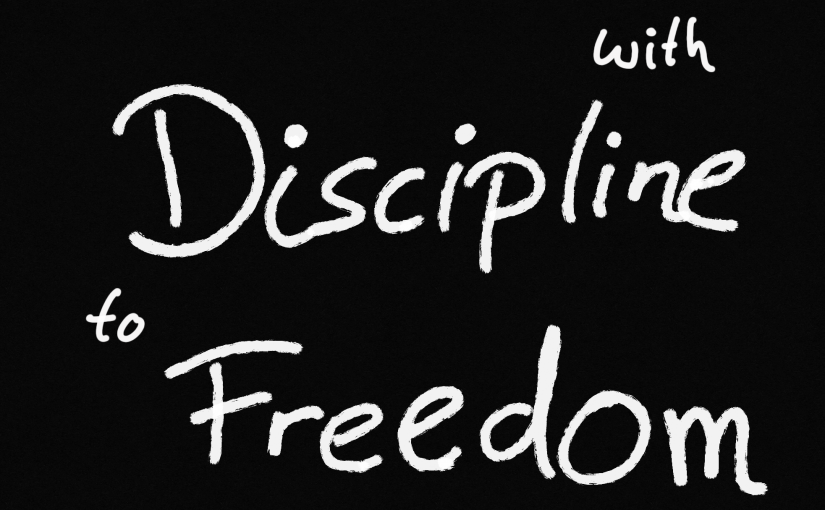In all my years as an entrepreneur, athlete and private person, I have observed that discipline is a virtue that can help you move mountains. For me, discipline is therefore a positive term. It means "the mastery of one's will, feelings and inclinations in order to achieve something."
Discipline is important to achieve goals. If you want to be successful, I think discipline is essential. Because success is rarely luck, but the result of perseverance (do not stray from the path), consistent action (decide and do) and personal responsibility (vs. blame always the others). It is quite possible to provoke success, and therefore happiness, with discipline. A positive cycle to the freedom and self-determination created by discipline.
Applied to oneself, one moves from discipline that is often externally determined to self-discipline. Wikipedia says: "Several long-term studies in recent decades found that the level of ability to self-discipline in childhood, as determined by tests and examinations, was a sure indicator of diverse success in later adult life." I have always considered myself to be very (self)disciplined and can only confirm this from my perspective and career.
In the following articles I write about my experiences with discipline and where it can lead. Privately and at work. Examples of this are manifold:
- Coffee withdrawal (just went through this in the context of the next topic - I can already tell this takes a lot of discipline for a techie).
- Fasting
- Digital fasting
- Writing a diploma thesis (is called Bachelor and Master today, isn't it)
- PhD thesis
- Build a house
- Various sporting goals, e.g. finishing a triathlon
- 30 Days Kettlebell Challenge
- Start a company and make it big
I'm already looking forward to the follow-up articles on this topic, but now it's time to get out into the air. Because the sun is shining and I have to enjoy it. What is your attitude towards discipline?




